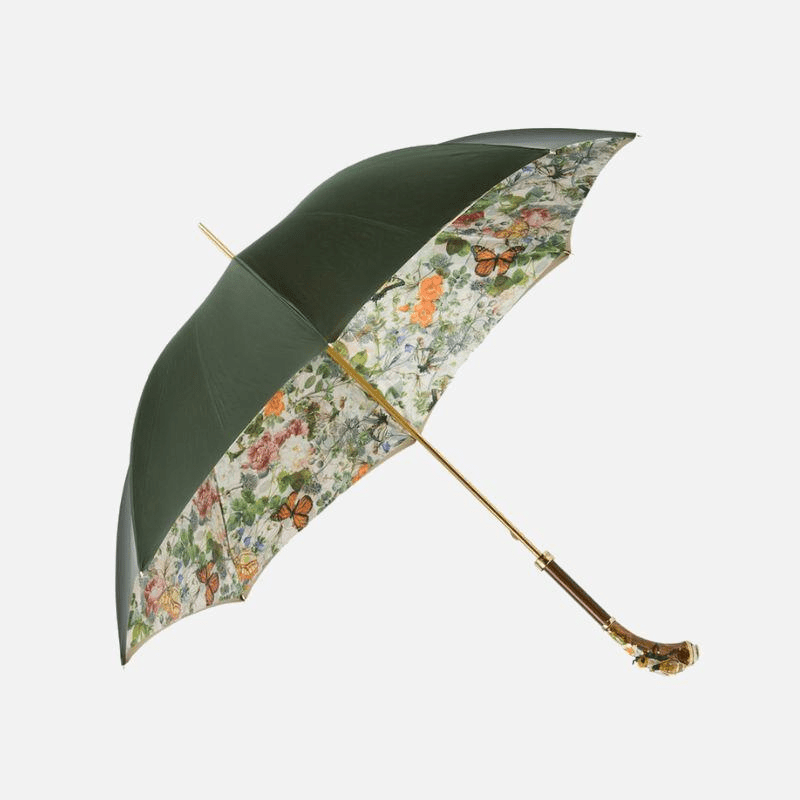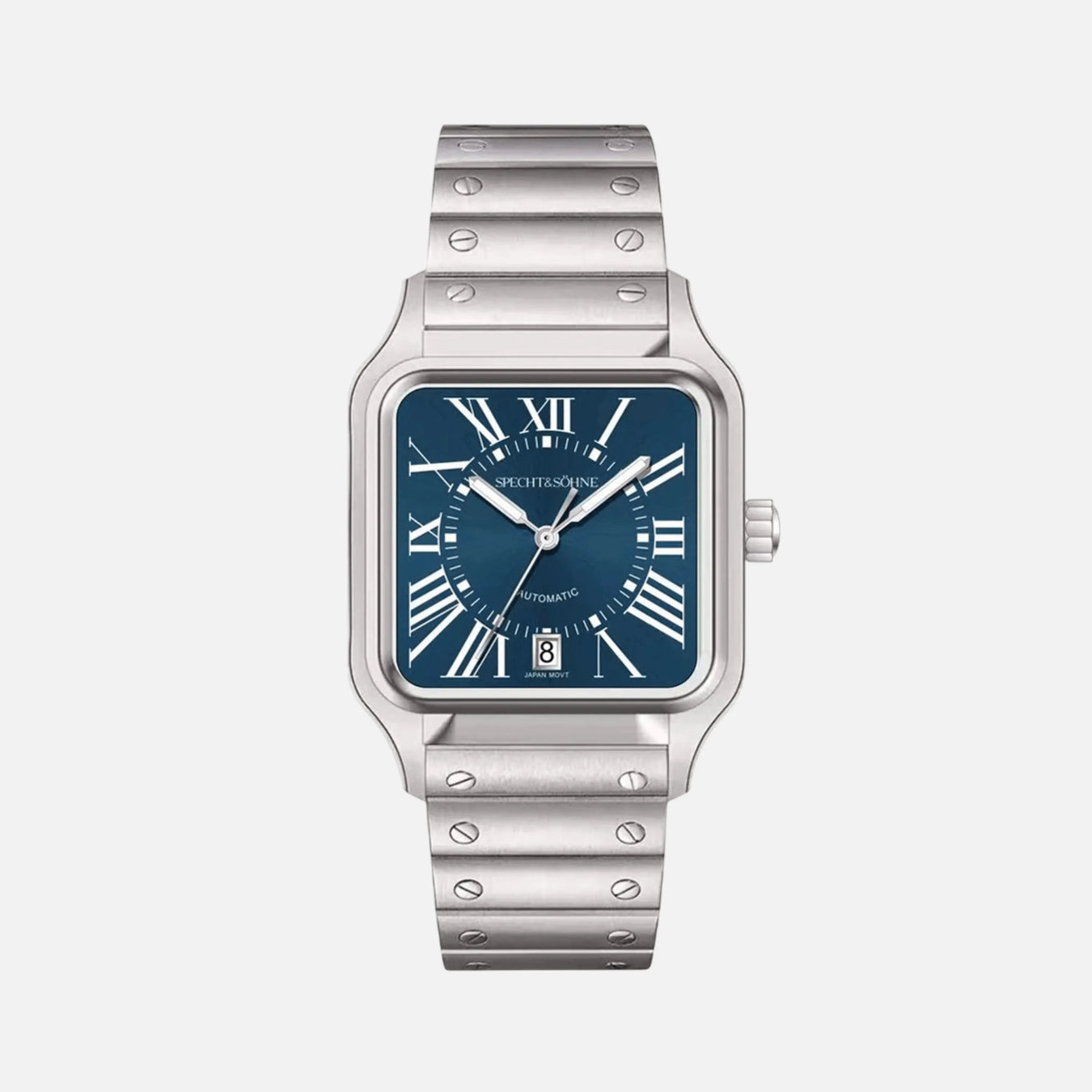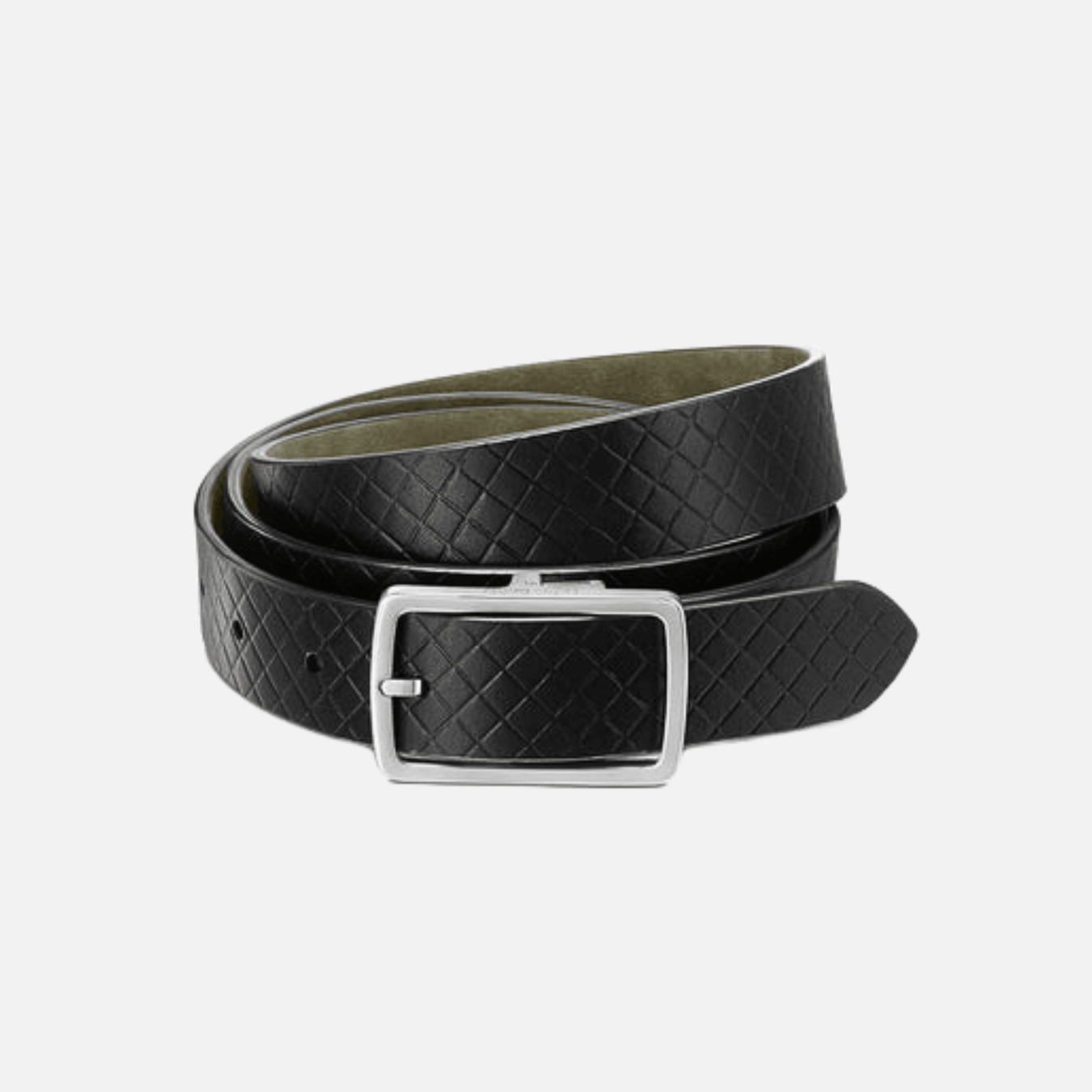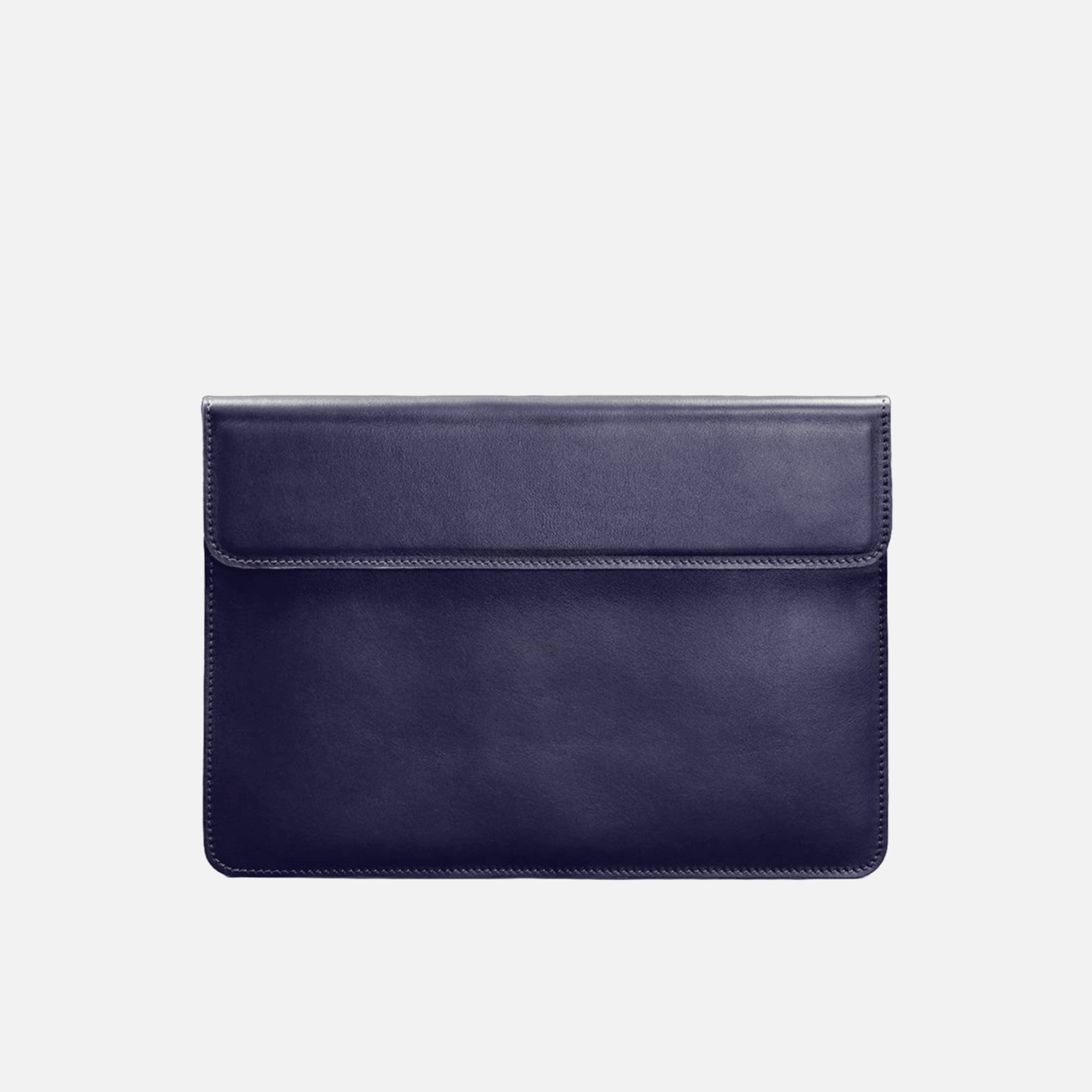The Ultimate Guide to Buying Walking Canes: Top Stores and Online Retailers
Introduction to Mobility Aids and the Importance of the Right Walking Cane
Mobility aids are pivotal for individuals seeking support while walking or standing, enhancing their independence and quality of life. Among these, walking canes stand as the most widely utilized aid, providing stability and balance to those experiencing mobility challenges. With a plethora of designs available, from classic to contemporary, walking canes not only serve a functional purpose but also reflect one’s personal style. They showcase various features, from 3⁄4 inch rubber tips for added grip and safety, to handmade detailing that imbues each piece with unique character.
Purchasers of walking canes must pay careful attention to their selection process. The right walking cane does more than assist in mobility; it ensures the user’s comfort and reduces the risk of strain or injury. With the evolution of cane design, integrating 5 modern design trends for enhanced mobility, there is no shortage of options suited for every user’s requirements.
From luxury walking cane design featuring opulent materials and aesthetic appeal to the more utilitarian approaches, these walking aids now embody the fusion of functionality and fashion. Whether you require a cane occasionally or rely on it regularly, it is imperative to choose a walking cane that correctly aligns with your physical needs and lifestyle preferences.
To simplify the selection journey, it’s beneficial to consult comprehensive resources that answer frequently asked questions (FAQ). Such information helps guide consumers through the vast array of choices, from understanding the importance of the correct cane height to selecting the appropriate type of handle for maximum comfort and support.
Thus, identifying the ideal walking cane—factoring in both utility and design sensibility—is essential for ensuring day-to-day mobility and enhancing overall well-being.
Understanding Different Types of Walking Canes
Walking canes have evolved from mere functional mobility aids to fashion statements that embody both classic and contemporary trends. The market offers a myriad of options, and understanding the different types of walking canes is essential for making an informed purchase.
Standard Canes
Standard canes are the most common type. They typically have a single tip and a C-shaped handle. They are suitable for those who need minimal support and stability.
Quad Canes
Quad canes have a four-pronged base, providing a sturdier foundation for users. They offer more balance and are often recommended for individuals requiring additional support.
Adjustable Canes
These canes offer flexibility with height adjustments to suit the user’s preference. They are versatile and can adapt to different body types and walking surfaces.
Folding Canes
Folding canes are popular for their portability. Designed to collapse, they are easy to transport and store, making them ideal for travelers or those on-the-go.
Seat Canes
Seat canes feature a built-in seat, providing a convenient place to rest when needed. This type of cane is perfect for users who may need to sit down periodically while walking.
Specialty Canes
Specialty canes include those that are handmade or designed with unique features, such as enhanced grip handles or decorative elements that follow the 5 modern design trends in walking canes for enhanced mobility.
When choosing a walking cane, factors like the handle design, shaft material, and tip quality are important considerations. For instance, the inclusion of 3⁄4 inch rubber tips for walking stick walking canes is a detail not to be overlooked, as it provides better traction and safety.
In addition to functionality, luxury walking cane design and aesthetics have taken on greater importance. From classic wood finishes to sleek metals, buyers now have a broad spectrum of styles that align with contemporary design trends.
Before making a purchase, it’s advisable to explore the ‘about us’ and ‘FAQ’ sections of retailers’ websites, as they may offer valuable insights into product quality and customer service, ensuring buyers find a cane that best suits their needs and lifestyle.
Key Features to Consider When Buying a Walking Cane
When choosing a walking cane for enhanced mobility, potential buyers should be well-informed about several vital features that will determine the utility and comfort of their purchase. Here are key considerations to help guide this important decision:
Adjustability: Canes with adjustable heights offer personalized comfort and are a perfect match for individuals who may need to alter the cane length due to different shoe heights or changes in walking terrain.
Weight and Material: Walking canes made from lightweight materials such as aluminum are easier to handle, especially for prolonged use. However, some may prefer the aesthetic and feel of handmade wooden canes, which also need to be strong and durable.
Handle Design: Ergonomic handles are essential for a good grip and can help in reducing hand fatigue. The handle shape should suit the user’s grip preference, with options that range from the classic ‘crook’ design to more contemporary ’T’ or ‘derby’ styles.
Tip Quality: The tip provides the cane’s traction and should be made of non-slip rubber for stability. Look for walking canes with a 3⁄4 inch rubber tip for optimal support and surface contact.
Aesthetics: From classic designs to modern trends in luxury walking canes, aesthetics play a significant role. Individuals should select a design that reflects their personal style, such as fashionable patterns, sleek metallic finishes, or embellishments.
Extra Features: Some walking canes come with additional functionalities, like folding mechanisms for easy storage, built-in LED lights for visibility, and even seat canes for resting.
Prospective buyers should also visit the FAQ or About Us sections of their preferred retailer’s website to learn more about product customization, support services, and policies related to their walking stick walking canes.
How to Determine the Correct Height and Fit of Your Cane
Selecting a cane that is the appropriate height and fit is crucial to ensure comfort, stability, and support. When embarking on the journey to purchase a walking cane, whether in search of a handmade piece or one that aligns with modern design trends in walking canes for enhanced mobility, it is important to keep in mind the following steps to find the correct size:
- Stand in your regular walking shoes with your arms naturally at your sides.
- Bend your elbow slightly, at about a 15 to 20-degree angle.
- Measure the distance from the floor to the crease of your wrist. This measurement is the ideal height of your cane from the top of the handle to the bottom where it touches the ground.
Ensuring that your cane is neither too tall nor too short is vital. A cane that is too tall can cause you to slant your shoulder awkwardly, while one that is too short can create a trip hazard and not provide adequate support. About us and our commitment to your comfort, FAQ sections address that walking canes should have approximately a 3⁄4 inch rubber tip at the bottom to provide traction and absorb shock. This tip is generally not included in the height measurement, so be sure to account for its addition.
To accommodate everything from classic to contemporary trends in luxury walking cane design and aesthetics, many manufacturers offer adjustable canes. These canes can be altered usually in one-inch increments to ensure a personalized fit. Remember to always test your cane for stability and comfort before making your purchase.
The Best Material Choices for Walking Canes
When selecting a walking cane, the material is paramount in terms of durability, comfort, and style. Here’s a run-through of the best material options:
Wood: A classic and traditional choice, wooden canes are not only sturdy but also can be exquisitely handcrafted. They display a natural warmth and can be fashioned into a myriad of styles and shapes. Hardwoods like oak, cherry, and walnut are popular, offering longevity and reliability.
Aluminum: For those preferring a lightweight option without compromising on strength, aluminum walking canes are ideal. They’re often adjustable and feature a sleek, modern design. The addition of 3⁄4 inch rubber tips can increase grip and stability.
Carbon Fiber: Representing the pinnacle in 5 modern design trends in walking canes for enhanced mobility, carbon fiber canes are both lightweight and incredibly strong. They sport a contemporary look and are perfect for active users.
Lucite: A type of acrylic, Lucite canes are durable and have a unique transparent aesthetic which is increasingly popular in from classic to contemporary trends in luxury walking cane design and aesthetics. They can be tinted in various colors to suit personal tastes.
Fiberglass: This material is similar to carbon fiber in strength but often comes in at a lower cost. Fiberglass canes offer durability and are also lightweight, making them suitable for regular use.
Choosing the right material can make a significant difference in the cane’s comfort and functionality. Whether the preference is for a handmade wooden cane with its timeless appeal or a cutting-edge carbon fiber model, it’s important for users to consider their personal needs and style preferences when making a selection. Always look for high-quality material and check the FAQ or about us sections for information on material sources and craftsmanship.
Navigating through the various options available will ensure that buyers find a walking cane that’s not only a mobility aid but also a reflection of their personal style.
Top Brick-and-Mortar Stores for Quality Walking Canes
When searching for a high-quality walking cane, discerning buyers often turn to reputable brick-and-mortar retailers that offer personalized services and the opportunity to physically inspect the cane before purchase. For those in pursuit of craftsmanship and a tactile buying experience, the following shops are known for their curated collections of walking canes, ranging from classic to contemporary designs.
Fashionable Canes - This store is renowned for its extensive range of walking canes, including 5 modern design trends that ensure enhanced mobility without compromising style. With resources like an informative FAQ section and expert assistance, customers can confidently select their ideal cane.
Elderluxe - At Elderluxe, buyers are treated to a luxury shopping experience where they can find a sophisticated walking cane that reflects from classic to contemporary trends in luxury walking cane design and aesthetics. The store’s “About Us” page emphasizes their commitment to quality and elegance in every piece.
Canes Galore - For those with a preference for handmade walking canes, Canes Galore is a treasure trove. Their bespoke, handcrafted canes are as functional as they are beautiful, with every piece showcasing meticulous attention to detail.
The Walking Cane Store - With a robust selection of walking sticks and canes, this retailer provides a variety of 3⁄4 inch rubber tips for walking stick walking canes, ensuring that customers can find the perfect tips for stability and comfort.
Hames & Sticks - Combining artistry with practicality, Hames & Sticks offers a delightful array of walking canes that cater to individuals looking for unique, handcrafted options that stand out in craftsmanship and durability.
Many of these stores also provide additional services such as cane customization and size adjustments. Consumers are advised to visit these retailers’ websites or contact them directly for more detailed information regarding product offerings, store locations, and customer service policies.
Navigating Online Retailers for the Best Walking Cane Selection
When searching for walking canes online, consumers are met with an array of retailers, each offering unique selections that cater to varying needs and preferences. It is beneficial to begin by visiting the “About Us” and “FAQ” sections on retailer websites to better understand the company’s expertise and the types of products they specialize in.
For those seeking customization and craftsmanship, exploring sites that offer handmade walking canes can provide an array of artisan options. These handcrafted pieces often reflect 5 modern design trends in walking canes for enhanced mobility and can range from classic to contemporary trends in luxury walking cane design and aesthetics.
Online retailers usually provide extensive information about their products. Prospective buyers should look for detailed product descriptions and specifications. It is crucial to note features like the material, handle design, adjustable height options, and weight capacity, as well as the availability of 3⁄4 inch rubber tips for walking stick canes, which can impact comfort and safety.
- Compare prices and reviews across multiple websites.
- Ensure the website has clear return policies and warranty information.
- Check availability for accessories, as some might directly sell additional 3⁄4 inch rubber tips for their walking stick canes.
- Utilize customer service or live chat options for any clarifications.
By taking a careful and informed approach when navigating online, customers can find a walking cane that is both aesthetically pleasing and functionally suitable for their needs, ensuring mobility with style and comfort.
The Pros and Cons of Custom-Made vs. Mass-Produced Walking Canes
When considering the best walking cane for enhanced mobility, one must weigh the advantages and disadvantages of custom-made versus mass-produced options.
Pros of Custom-Made Walking Canes:
- Personalization: Handmade walking canes offer a personal touch, with potential for intricate designs that reflect the user’s personal style, from classic to contemporary trends in luxury walking cane design.
- Quality Material: Often, custom canes are crafted with high-grade materials that may be more durable and aesthetically pleasing than some mass-produced counterparts.
- Fit and Comfort: A custom-made cane can be tailored to the perfect height, weight, and grip size, accommodating specific user requirements for comfort and ergonomics.
- Uniqueness: Owning a one-of-a-kind cane ensures that it stands out, aligning with modern design trends that aim to combine functionality with fashion.
Cons of Custom-Made Walking Canes:
- Cost: Handcrafted canes can be significantly more expensive than mass-produced ones due to the labor and craftsmanship involved.
- Availability: Custom canes take time to create, meaning they’re not the best choice for someone who needs a cane immediately.
- Repairs: Should a unique component of the cane break or wear out, it might be difficult or costly to repair.
Pros of Mass-Produced Walking Canes:
- Cost-Effectiveness: These canes are typically more affordable, making them accessible to a broader audience.
- Readily Available: Mass-produced options are often stocked in stores and online, offering immediate purchase and use.
- Standardization: Comes with standardized 3⁄4 inch rubber tips for walking stick walking canes, ensuring easy replacement.
Cons of Mass-Produced Walking Canes:
- Generic Design: There’s often a lack of uniqueness and personality in the design, which may not align with everyone’s aesthetic preferences.
- One-Size-Fits-All Approach: These canes may not cater to all individual physical needs, possibly compromising comfort and effectiveness.
- Durability: To keep costs down, some manufacturers may use lower quality materials, potentially affecting the longevity of the product.
Choosing between a custom-made or mass-produced walking cane is a matter of balancing the need for personalization and quality against budget and immediate availability. Each option presents distinct trade-offs that the user must consider in light of their own preferences and circumstances.
Safety Accessories and Add-ons for Your Walking Cane
Enhancing the safety and functionality of a walking cane is vital for users who rely on this tool for mobility and stability. Various accessories and add-ons are available to cater to the diverse needs and preferences of individuals. From ergonomic designs that align with modern trends in walking cane aesthetics to practical elements for increased stability, there is an array of options to customize your walking cane experience.
Cane Tips: One of the most essential safety add-ons is the cane tip. A 3⁄4 inch rubber tip will significantly improve the grip of a walking stick, especially on slippery surfaces, thus reducing the risk of falls. Frequently replacing the rubber tips ensures that one always has the maximum traction necessary for safe walking.
Wrist Straps: A wrist strap is another useful add-on which secures the cane to your wrist, allowing for hands-free moments without the risk of dropping the cane. This feature also helps in preventing the cane from slipping out of grasp which can potentially save the user from an accidental fall.
Lights: Some canes come with built-in lights or allow for lights to be attached. This feature is particularly useful for individuals who need to navigate in dimly lit areas. It also serves as a safety measure, making the user more visible to others at night or in low-visibility conditions.
Reflective Tapes: Applying reflective tape to the cane increases visibility to drivers and other pedestrians during evening strolls or on overcast days. This simple yet effective accessory can be critical in preventing accidents.
Ice Grips: For those living in colder climates, ice grips can be attached to the cane tip to bite into icy surfaces, providing extra stability and reducing the risk of slips and falls.
Custom Handles: Handmade or custom handles can be fashioned to conform perfectly to the user’s hand, offering comfort and a firmer grip. They combine luxury walking cane design aesthetics with personalized ergonomic support.
Keeping abreast of the 5 modern design trends in walking canes will also enlighten users on ergonomic and safety features that can be incorporated into their walking aides. Whether one chooses a cane for its luxury elements or its sturdy practicality, ensuring that it is equipped with the right safety features is a critical aspect of the selection process. The FAQ and About Us sections of a retailer’s website can be particularly useful for determining which safety features are available for their range of walking canes.
Walking Canes and Health Insurance: What You Need to Know
When it comes to purchasing walking canes, whether they are handmade or boast the latest in 5 modern design trends for enhanced mobility, it’s essential to consider how health insurance may impact your decision. From classic to contemporary trends in luxury walking cane design and aesthetics, the investment in a walking cane can be significant.
Understanding Coverage: Typically, walking canes are categorized as durable medical equipment (DME) under most health insurance plans, including Medicare. To ensure coverage, the cane must be deemed medically necessary and prescribed by a healthcare provider.
Insurance Verification: Before finalizing a purchase, it is advisable to contact your insurance provider. Verify the details of your coverage by inquiring about DME benefits and any specific documentation required, such as a prescription.
Out-of-pocket Expenses: Even with insurance, there could be out-of-pocket costs such as co-pays or deductibles. Understand these potential expenses beforehand to avoid unexpected charges.
Medicare Part B: If you have Medicare Part B, it typically covers 80% of the Medicare-approved amount for walking canes after you’ve met your yearly deductible. The remaining 20% would be your responsibility.
Rubber Tips Coverage: Accessories like the 3⁄4 inch rubber tips for walking stick walking canes may or may not be covered. Always check with your insurance about coverage for such additional items.
Purchasing from Approved Suppliers: It’s crucial to purchase your walking cane from suppliers approved by your insurance to ensure reimbursement. Some online retailers and stores might not be recognized by your insurance plan.
Documentation: Keep all receipts and documents related to the purchase of your walking cane. These are often required when filing a claim with your health insurance.
Staying informed about the interplay between health insurance and the purchase of mobility aids, such as walking canes, can help mitigate costs and ensure that you have access to the equipment you need for enhanced mobility without undue financial burden. From questions about coverage to selecting the right cane for your needs, it is beneficial to review the ‘FAQ’ or ‘About Us’ section of the retailer’s website for additional guidance.
Maintaining and Caring for Your Walking Cane
Once you’ve selected the perfect walking cane from luxury designs to modern trends, it is important to uphold its integrity for enhanced mobility. Proper care can prolong the lifespan of your cane, ensuring it remains supportive and stylish.
Regular Inspection: Periodically examine your cane, especially if it’s handmade or has intricate designs. Check for any cracks, splinters, or loose parts. A damaged cane may pose a safety risk and should be repaired or replaced.
Keep It Dry: Moisture can damage both classic and contemporary walking canes. After using your cane in the rain or snow, make sure to dry it off thoroughly to prevent warping and weakening.
Avoid Excessive Heat: Do not store your cane near heat sources, such as radiators or in a hot car. Extreme heat can warp the cane or alter its finish.
Clean Gently: Use a soft cloth to dust and clean your cane. For tougher spots, a mild soap and water solution can be applied, but be sure to dry it entirely afterward. This applies to canes embodying classic to contemporary trends in luxury walking cane design and aesthetics.
Replace Rubber Tips: Over time, the 3⁄4 inch rubber tips of walking stick walking canes may wear down. It’s essential to replace these as needed to maintain grip and stability. Always have spare tips on hand.
Storage: When not in use, store the cane in a vertical position or hang it on a specially designated cane holder to maintain its shape.
Avoid Alterations: DIY cane adjustments can compromise its design and function. If modifications are necessary, consult a professional.
Lastly, manufacturers might include care instructions specific to each model. Frequently visiting the FAQ or ‘About Us’ sections of the retailer’s website may provide access to more specific maintenance advice tailored to their products. Following these instructions will ensure your walking cane maintains its functionality and appearance, embodying modern design trends while providing steadfast support.
Conclusion: Making an Informed Purchase for Enhanced Mobility
When seeking to enhance mobility with the purchase of a walking cane, individuals must navigate a marketplace replete with both classic styles and evolving trends. The quintessence of cane design has transitioned from merely functional to include the flair of modern aesthetics, as witnessed in the latest 5 modern design trends elevating walking canes to a statement of personal style.
Patrons inclined towards artisanal craftsmanship can opt for handmade walking canes, which not only deliver a unique air of exclusivity but also cater to personalized preferences. Each handmade piece tells a tale about its origin and the expertise melded into its creation, ensuring that customers acquire more than just a mobility aid—they acquire a piece of artistry.
The evolution from classic to contemporary trends in luxury walking cane design and aesthetics has introduced a blend of materials, patterns, and ergonomic features aimed at increasing comfort and elegance. Consumers must also pay attention to the technical details such as the significance of choosing the right tip for their cane; a 3⁄4 inch rubber tip is often recommended for enhanced stability and grip.
Those wishing to make an informed decision should not hesitate to delve into the “about us” and “faq” sections of online retailers. These sections are a gold mine of information about the company’s values, product quality, customer service, and insights into the durability and maintenance of walking canes.
In summary, procuring a walking cane that aligns with one’s needs and aesthetic inclinations is paramount for enhanced mobility and confidence. By considering the trends, quality of craftsmanship, and functional needs, consumers can make empowered decisions that transcend the traditional utility of walking canes and embrace them as an extension of their personal style and lifestyle.






